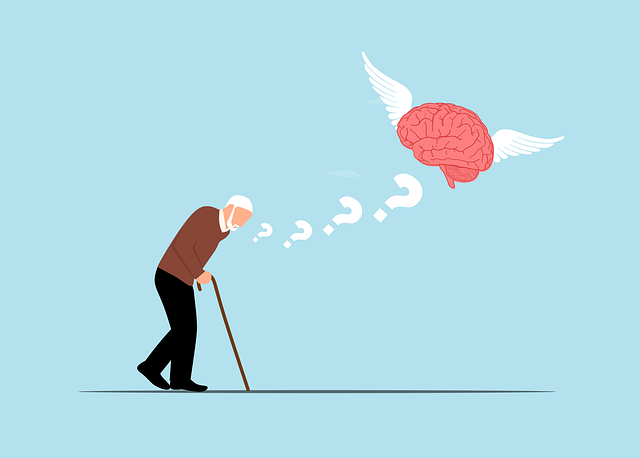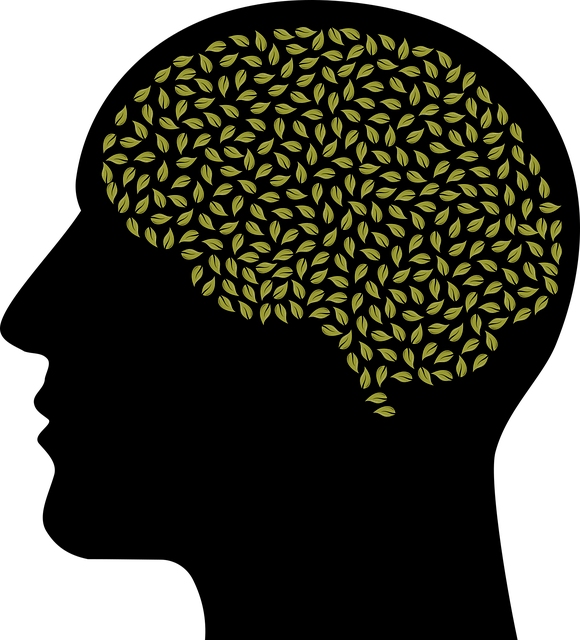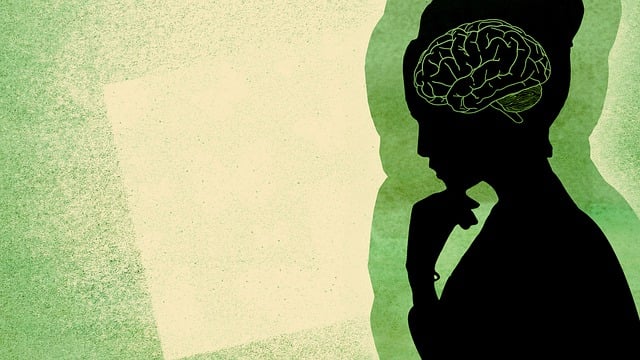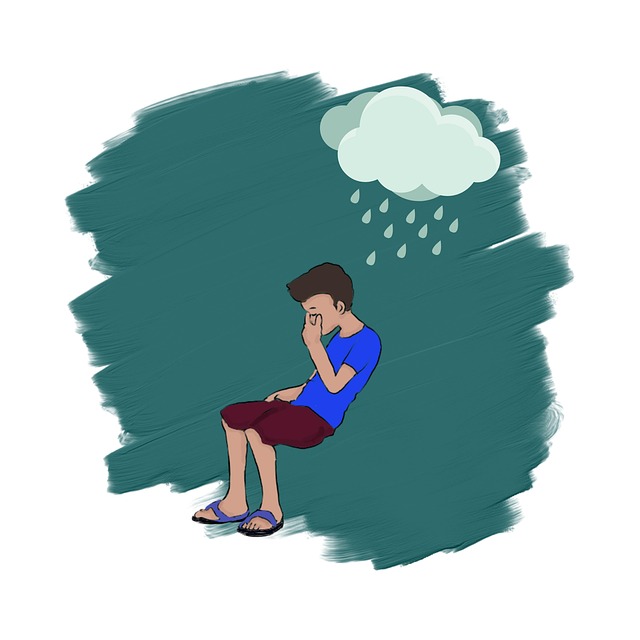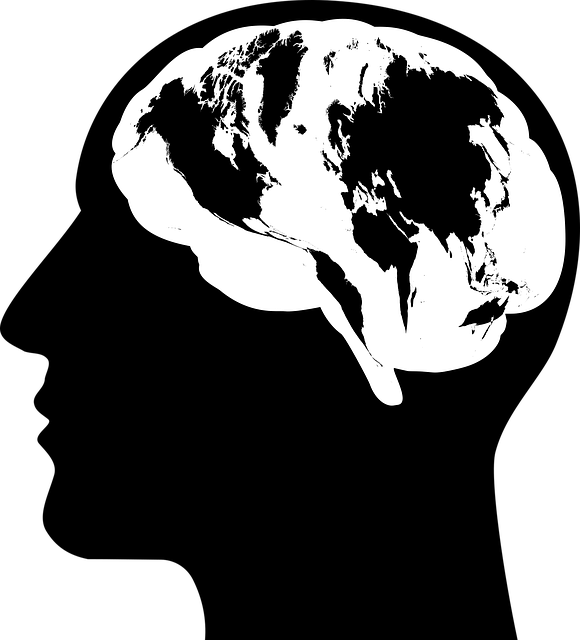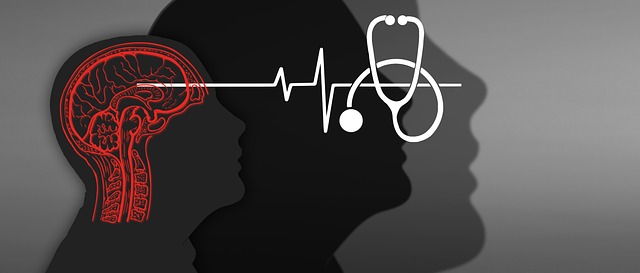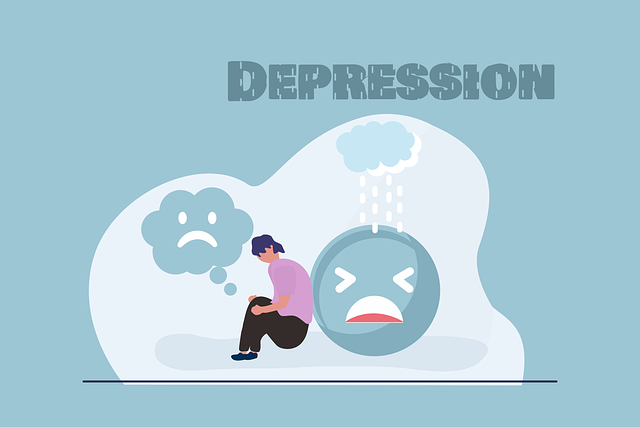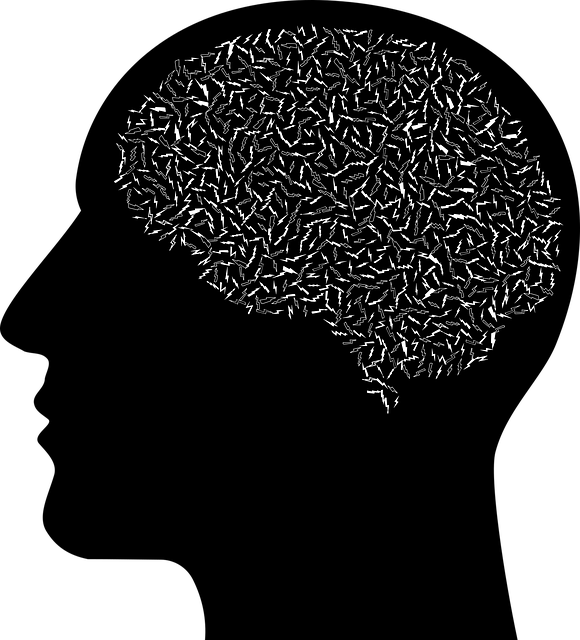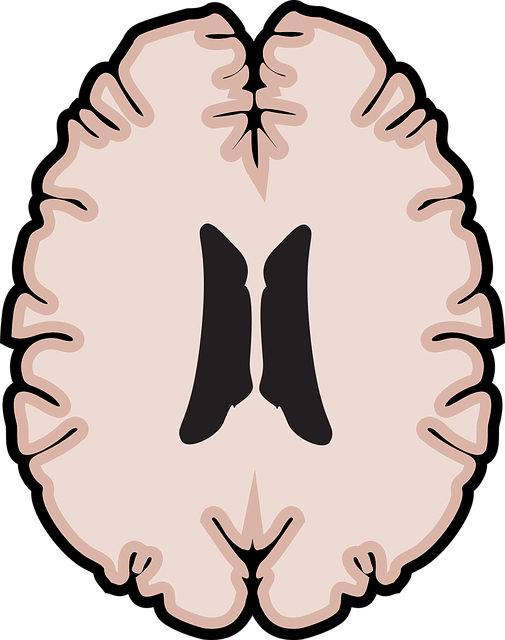Lone Tree Adolescent and Teen Therapy employs a comprehensive RFM (Risk, Resistance, Motivation) framework to help parents understand and support their teens' mental health. Through open dialogue encouraged by Communication Strategies, caregivers can recognize early warning signs of distress. The program focuses on building resilience through tailored activities for emotional regulation, problem-solving, and social connectivity, addressing diverse youth backgrounds. Case study approaches empower teens with practical skills for navigating life's challenges, fostering self-discovery and emotional intelligence. By identifying risks and strengths, Lone Tree offers personalized strategies that build resilience and mitigate burnout, contributing to overall mental health awareness and personal growth.
“Uncover the power of resilience with an exploration of RFM (Recovery, Flexibility, and Mastery) techniques, designed to empower adolescents. This comprehensive guide offers a deep dive into Lone Tree Adolescent and Teen Therapy’s innovative approach, showcasing its success through case studies. Learn how resilience-building exercises play a pivotal role in therapeutic settings, helping teens navigate challenges. From understanding RFM for parents to implementing strategies at home, this article equips caregivers with tools to foster adaptability and strengthen youth resilience.”
- Understanding RFM: An Overview for Parents and Caregivers
- The Role of Resilience Building Exercises in Adolescent Therapy
- Lone Tree Adolescent and Teen Therapy: A Case Study Approach
- Identifying Risks and Strengths: Tools for Effective Interventions
- Strategies to Implement RFM Techniques at Home and in Clinical Settings
Understanding RFM: An Overview for Parents and Caregivers

At Lone Tree Adolescent and Teen Therapy, we recognize that building resilience is a cornerstone of healthy development. RFM, or Risk, Resistance, and Motivation, is a powerful framework that helps parents and caregivers understand and support their young ones’ mental health journey. This approach focuses on identifying risks and challenges faced by adolescents while fostering resistance to adversity and enhancing motivation for positive change.
By employing Communication Strategies as a core component, RFM encourages open dialogue between parents and teens. Enhancing Mental Health Awareness through this lens enables caregivers to recognize early warning signs of distress or burnout prevention. The goal is not just to address immediate issues but to equip young individuals with the tools to navigate life’s obstacles, fostering resilience that will serve them well into adulthood.
The Role of Resilience Building Exercises in Adolescent Therapy

Resilience-building exercises play a pivotal role in adolescent therapy, equipping young individuals with essential coping skills to navigate life’s challenges. At Lone Tree Adolescent and Teen Therapy, we understand that adolescence is a crucial period marked by emotional volatility and identity formation. Incorporating resilience-focused activities allows therapists to foster a sense of empowerment and self-efficacy in teens, enabling them to cope with stress, anxiety, and other mental health issues effectively.
These exercises are tailored to address various aspects of an adolescent’s well-being, including emotional regulation, problem-solving abilities, and social connectivity—all of which contribute to building a resilient mindset. By integrating cultural sensitivity into the therapy process, Lone Tree Adolescent and Teen Therapy ensures that interventions are inclusive and relevant to diverse youth backgrounds, promoting not only personal growth but also the development of healthy coping mechanisms tailored to individual needs. Moreover, resilience-building strategies can significantly aid in burnout prevention, a pressing concern among adolescents today.
Lone Tree Adolescent and Teen Therapy: A Case Study Approach

Lone Tree Adolescent and Teen Therapy provides a unique case study approach to understanding and enhancing resilience in young individuals. This therapy model focuses on empowering teenagers by teaching them practical skills to navigate life’s challenges, emphasizing self-discovery and emotional intelligence. Through various exercises, clients learn to identify their strengths and develop coping mechanisms, fostering a sense of control over their mental health.
Incorporating techniques like conflict resolution and mind over matter principles, the therapy sessions equip adolescents with tools to manage stress, anxiety, and difficult emotions effectively. The case studies from Lone Tree offer valuable insights for mental health professionals, highlighting the importance of individual-centric approaches in risk assessment and treatment planning. By studying these cases, therapists can adapt their practices to cater to the specific needs of teenage clients, ultimately strengthening their resilience and overall well-being.
Identifying Risks and Strengths: Tools for Effective Interventions

Identifying Risks and Strengths is a pivotal step in developing effective interventions for adolescents. Lone Tree Adolescent and Teen Therapy leverages various tools to navigate this process, ensuring each young person’s unique circumstances are considered. By assessing mental health awareness, coping skills development, and individual strengths, therapists can tailor strategies that build resilience. This personalized approach, combined with the support of community outreach program implementation, equips teens with the resources needed to thrive.
Understanding these factors helps in designing targeted interventions that go beyond addressing immediate risks. It empowers adolescents to recognize their inherent capabilities, fostering a sense of agency and adaptability. Thus, Lone Tree Adolescent and Teen Therapy not only mitigates potential hazards but also amplifies positive attributes, contributing to holistic mental health awareness and personal growth.
Strategies to Implement RFM Techniques at Home and in Clinical Settings

Implementing RFM (Resilience, Flexibility, and Mindfulness) techniques at both home and clinical settings offers a powerful approach to enhancing resilience in adolescents and teens. Lone Tree Adolescent and Teen Therapy can serve as a great resource for families looking to incorporate these strategies into daily life. Start by integrating simple mindfulness exercises like deep breathing or body scans during moments of calm to foster awareness and emotional regulation. These practices, when consistently applied, can significantly contribute to building mental resilience.
For clinical settings, consider designing Mental Health Education Programs that intertwine RFM concepts with Trauma Support Services. Incorporating activities such as yoga or guided visualizations can help teens develop flexibility in their thinking and emotional responses. Over time, these exercises can empower individuals to navigate challenging situations with greater ease, promoting overall well-being. Such an holistic approach, tailored by professionals like those at Lone Tree Adolescent and Teen Therapy, ensures that teens receive comprehensive support for their mental health needs.
Resilience is a cornerstone of emotional well-being, especially during adolescence. Integrating RFM (Risk, Strengths, and Needs) assessment and resilience-building exercises, as demonstrated by Lone Tree Adolescent and Teen Therapy, offers a powerful approach to enhancing youth therapy. By identifying risks and leveraging strengths, therapists can facilitate effective interventions tailored to each individual’s unique needs. This holistic strategy not only equips adolescents with coping mechanisms but also fosters long-term mental health resilience. Through practical applications at home and in clinical settings, parents and caregivers can play a pivotal role in supporting their teens’ journey towards emotional robustness.

